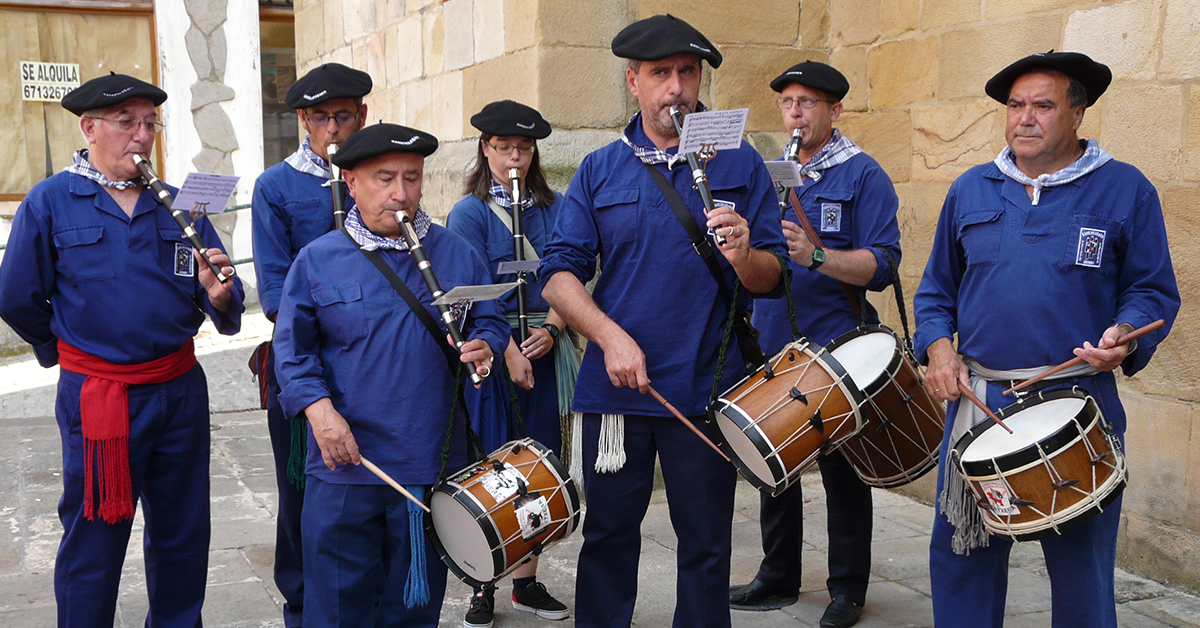Archives
Professor José Manuel Pedrosa from Alcalá University wrote a short article on Hilarión Bengoa the drummer; the article, published by Labayru Fundazioa, was based on news items in the Memorial literario instructivo y curioso de la Corte de Madrid (Madrid Court Circular) for 1875. Coincidentally, Juan Ignacio Iztueta refers to a drummer named Hilario in his Gipuzkoako dantza gogoangarrien kondaira edo historia (Euskal Editoreen Elkartea, Klasikoak. Donostia, 1990. Edition by María José Olaziregi. The quote I have used appears on pages 110-111). Iztueta considered Hilario to be the very model of the conceited drummers who – despite being talented whistle players, were greatly responsible for the loss and falling out of fashion of the old dances of Gipuzkoa, as the result of the drummers’ indifference and disdain for the traditional melodies. He discusses that in a section entitled Gipuzkoako dantzari prestuak beren sorterriko dantza oniritzietan ibilteari zergatik utzi izan dioten (Why the noble dancers of Gipuzkoa have stopped performing the beloved dances of their land). And he blamed the drummers for those dances falling out of fashion.
The use of a hewn pipe seems to date back to prehistoric times, but it would be in the Middle Ages when a musical revolution occurred and when the melodic combination of the three-holed fipple flute and the rhythm of the tabor drum by the same player (jesters and minstrels) would develop and spread throughout Western Europe (Italy, France, Spain, Portugal and even be taken to The Americas). In the 16th century, the jesters and minstrels taught courtly dances and livened up tournaments or the social events of the nobility. Those unwonted scenes inspired the popular classes to adopt that figure in their civil and religious celebrations, festivities, processions, pilgrimages, ceremonies where the entertainment was provided by peddlers. Paradoxically, there were all known by the same widely used name of “taborers” (danbolin). In around the 18th century, given their musical development and evolution in courtly and plebeian settings, a bitter struggle broke out between those who could and those who could not read music (in their search for fame and fortune from their performances).





